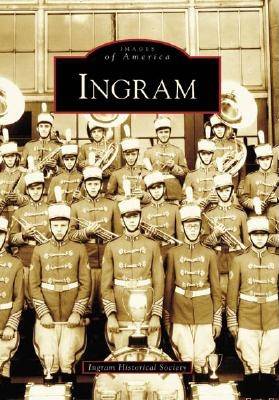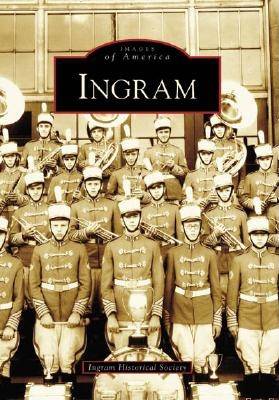
- Afhalen na 1 uur in een winkel met voorraad
- Gratis thuislevering in België vanaf € 30
- Ruim aanbod met 7 miljoen producten
- Afhalen na 1 uur in een winkel met voorraad
- Gratis thuislevering in België vanaf € 30
- Ruim aanbod met 7 miljoen producten
Zoeken
Omschrijving
Founded in 1902, the history of Ingram borough goes back to 1752, when the land was part of Chartiers Township. A grand jury granted a petition to incorporate Ingram as a borough in 1902, and it was named after Thomas Ingram who owned much of the land. The new borough was promoted as a peaceful community located away from the smoke and noise of Pittsburgh's heavy industry. Efficient transportation came to the area in 1865 when the Pittsburgh and Steubenville Railroad completed a line west of Pittsburgh known as the Panhandle. At its peak, a total of 98 trains operated along this route each day. With the coming of electric trolley cars and the formation of Pittsburgh Railways Company, Ingram had two reliable modes of travel.
Through vintage photographs, Ingram showcases how this dedicated and friendly community has forged into the 21st century while remaining committed to its many fond traditions.
Through vintage photographs, Ingram showcases how this dedicated and friendly community has forged into the 21st century while remaining committed to its many fond traditions.
Specificaties
Betrokkenen
- Auteur(s):
- Uitgeverij:
Inhoud
- Aantal bladzijden:
- 128
- Taal:
- Engels
- Reeks:
Eigenschappen
- Productcode (EAN):
- 9780738549934
- Verschijningsdatum:
- 1/08/2007
- Uitvoering:
- Paperback
- Formaat:
- Trade paperback (VS)
- Afmetingen:
- 167 mm x 234 mm
- Gewicht:
- 317 g

Alleen bij Standaard Boekhandel
+ 69 punten op je klantenkaart van Standaard Boekhandel
Beoordelingen
We publiceren alleen reviews die voldoen aan de voorwaarden voor reviews. Bekijk onze voorwaarden voor reviews.








